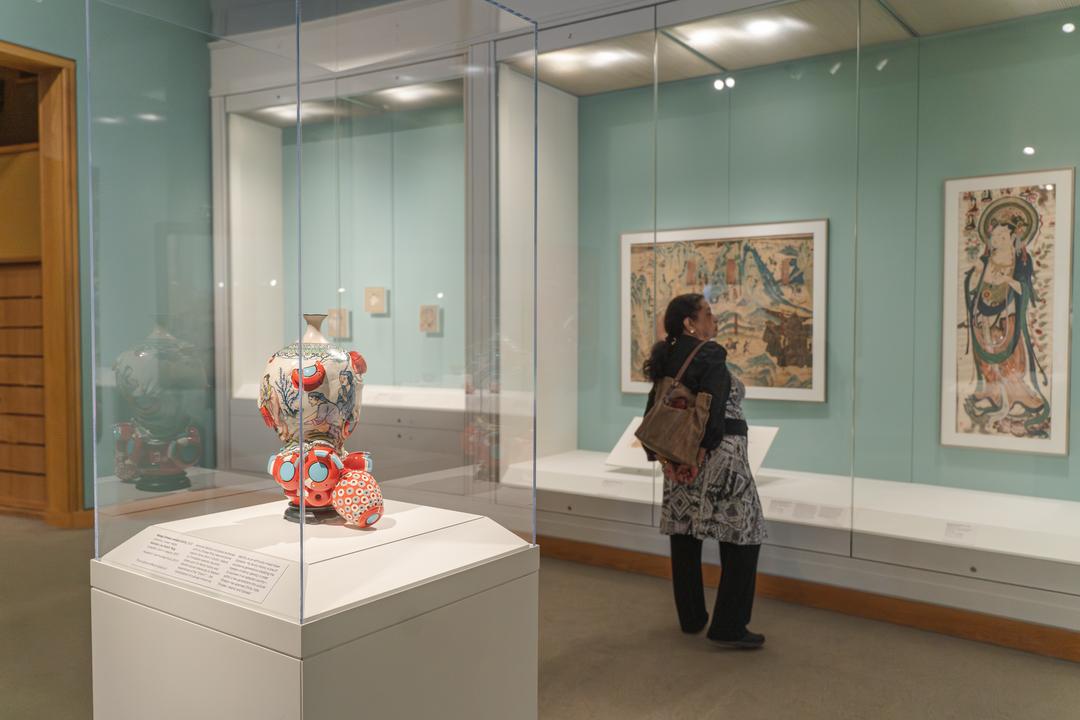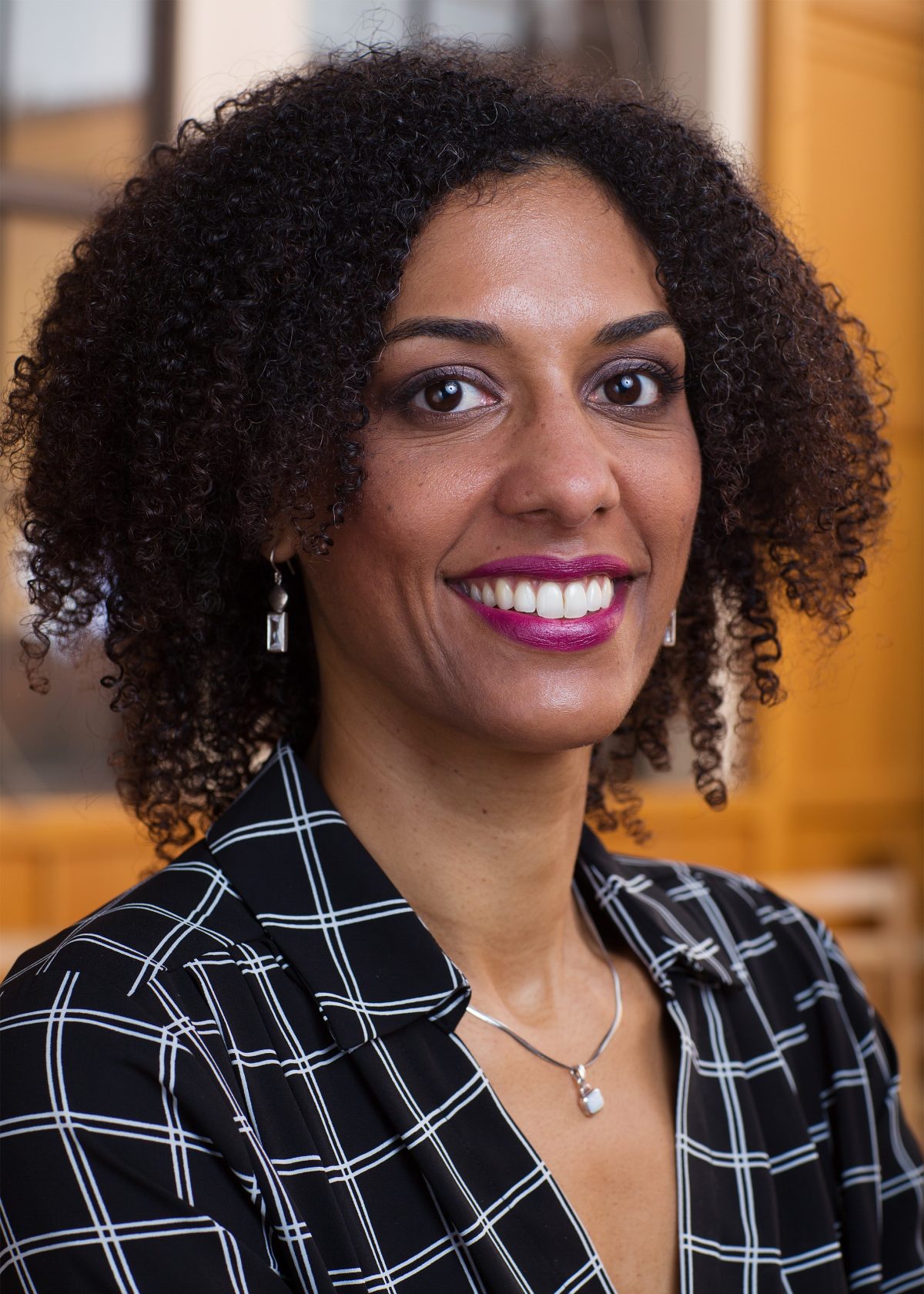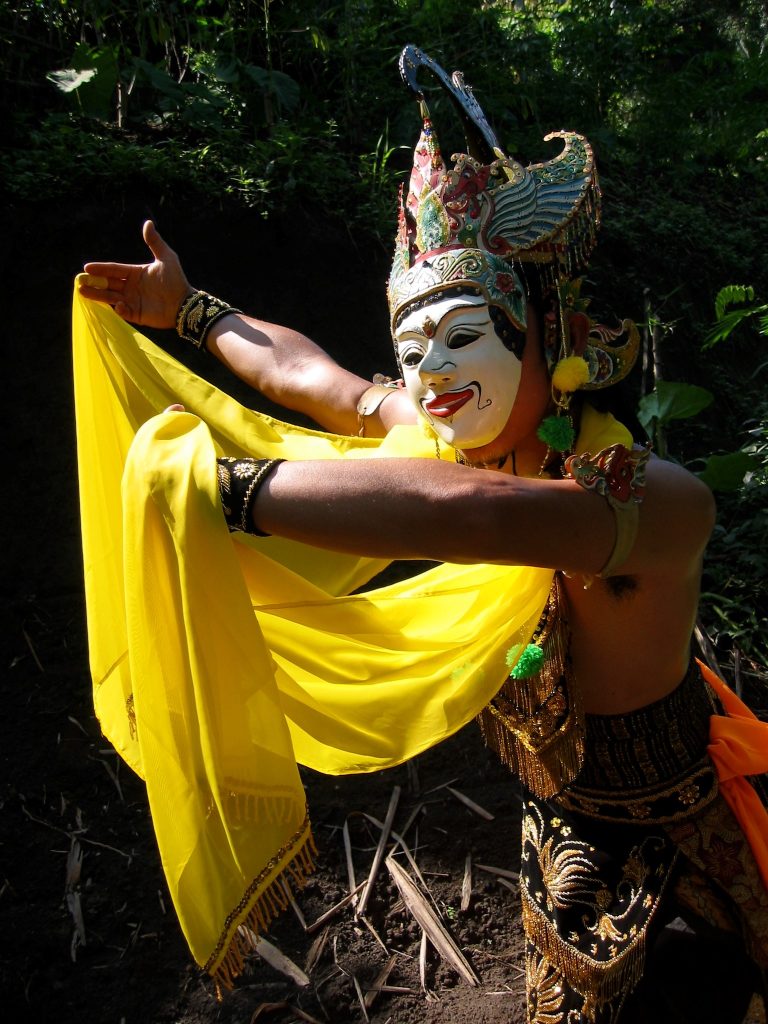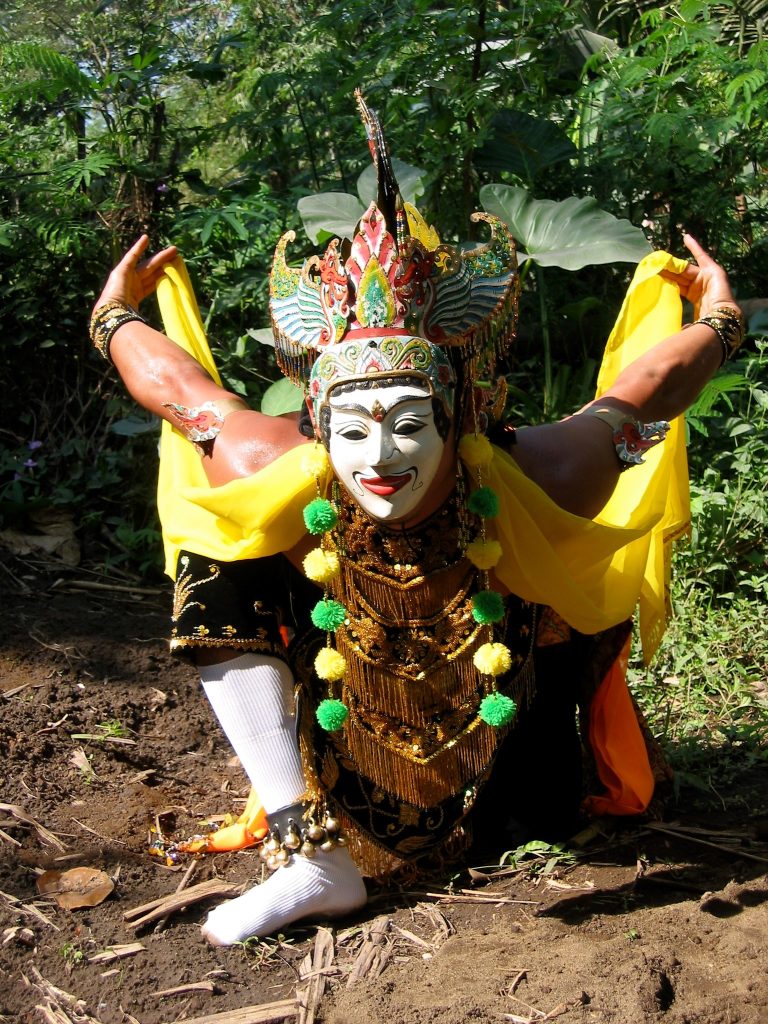Muse/News: Ceramics Competition, Black History, and Ai’s Memory
SAM News
“Celebrates everything that goes into the work of the performance artist”: For Observer, Dan Duray features Anida Yoeu Ali: Hybrid Skin, Mythical Presence, now on view at the Seattle Asian Art Museum.
On Seattle Met’s list of “Things to Do in Seattle”: Last week’s Saturday University on February 10, which features a lecture and performance exploring the transmission of spiritual knowledge, or ilmu, in East Javanese performing arts.
Local News
Seattle Refined interviews Aaron Murray for their “artist of the week” series. You can see some of his clay creations at SAM Shop.
“Otherworldly landscapes and an upside-down volcano”: Another excellent round-up of arts happenings from Crosscut’s Brangien Davis.
Thanks to Jas Keimig for this “Event Guide to Black History Month 2024” from South Seattle Emerald. Mark your calendars!
“It’s February, which means it’s time to highlight and uplift the rich history, culture, and traditions of Black people in the United States. We even have one extra day this year (Feb. 29, it’s a Leap Year!), which means you have ample time to make your plans…”
Inter/National News
Karen Ho for ARTnews reports on the arrival of “The Great Canadian Pottery Throw Down,” a new reality competition television show for ceramics on CBC guest-judged by actor Seth Rogen. The article mentions another judge, ceramicist Brendan Tang, whose work is in SAM’s collection and on view now in Chronicles of a Global East.
Via Min Chen for Artnet: “Airplane Mode: 7 Artists Who Were Nerds for Aviation.” Yep, Alexander Calder is on the list for his moving sculpture at JFK Airport and his designs for jets.
Jonathan Landreth for the New York Times interviews Ai Weiwei about Zodiac, the artist’s new “graphic memoir.”
“The idea was to gather things from my memory, like a timeline, and offer mystical stories from China’s past. I explained it as a mix of memory and mythology.”
And Finally
– Rachel Eggers, SAM Associate Director of Public Relations
Photo: Jo Cosme.



